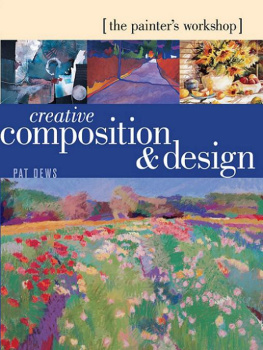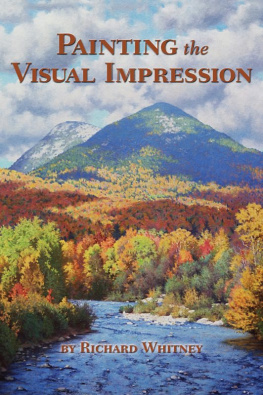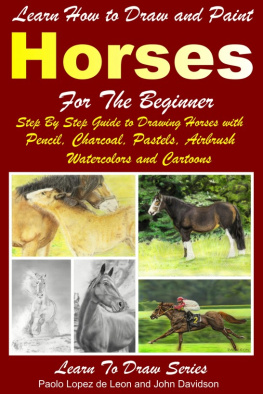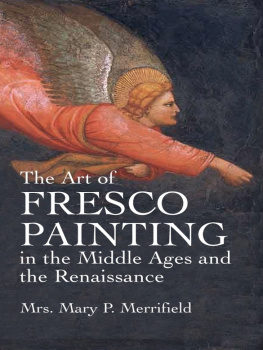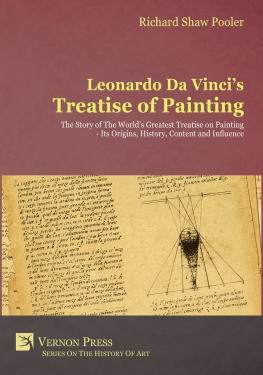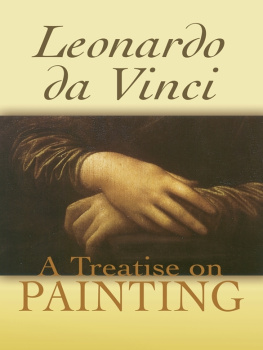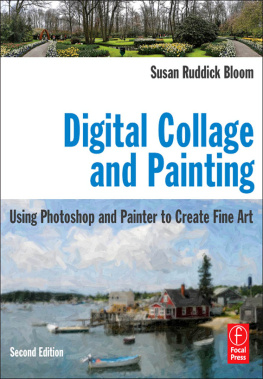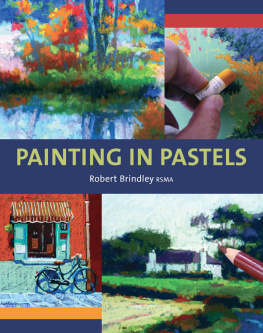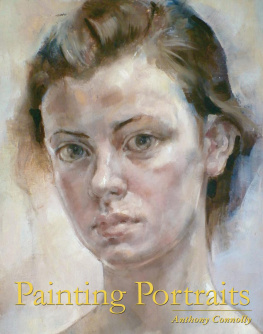
ON PAINTING
Humanist, poet and scholar, architect and art theorist, engineer and mathematician, LEON BATTISTA ALBERTI was the archetype of the Renaissance universal man. He occupies an important place in the history of literature as well as of art and architecture in fifteenth-century Italy. Born in Genoa in 1404, he belonged to one of the wealthy merchant-banker families of Florence, who had been exiled from Florence by the oligarchical government then dominated by the Albizzi family. Shortly after Albertis birth the family moved to Venice. Alberti was sent to boarding school in Padua at the age of ten or eleven, where he was given a classical Latin education. He then moved to the University of Bologna and probably graduated in canon law in 1428. He subsequently entered the service of leading churchmen, becoming a secretary in the Papal Chancery in Rome. He took holy orders and, from this point on, the church provided him with his main source of income, although his interests and activities were predominantly secular.
Returning to Florence in 1434, his close associations with the sculptor Donatello and the architect Brunelleschi led to the book On Painting (1435) in which he set forth the principles to be followed by the painter. His instructions on perspective and narrative had an immediate and profound effect upon Italian painting and relief work. He then began to turn towards architecture and in 1446 began his first important building, the transformation of the old church of S. Francesco at Rimini. Around 1450 he produced his most substantial treatise, the De Re Aedificatoria, a comprehensive survey of the art and science of building. Among the churches designed by him are San Francesco at Rimini (c. 1450), the faade of Santa Maria Novella in Florence (1458), San Sebastiano (1459) and Sant Andrea at Mantua, which was designed in 147071 and completed after his death. He died in Rome in 1472.
A graduate of Oxford University, CECIL GRAYSON became lecturer in Italian at Oxford in 1948 and was Serena Professor of Italian Studies and Fellow of Magdalen College from 1958 to 1987. He was also visiting professor at the universities of Yale, California, Perth and Cape Town. Honoured by numerous Italian academies, he received the Premio Internazionale Galileo in 1974 and was made a Commander of the Order of Merit in 1975. As the leading authority on Albertis written work, his edition of Albertis Opere Volgari (1960, 1966 and 1973) remains the standard point of reference. He also published on Dantes poetry and the history of the Italian language. He was awarded the CBE in 1992. Cecil Grayson died in 1998.
MARTIN KEMP was educated at Windsor Grammar School and Cambridge University, where He Studied Natural Sciences and the History of Art. He subsequently studied at the Courtauld Institute of Art. He has taught at the universities of Dalhousie, Canada, Glasgow and St Andrews, where he was Professor of Fine Arts. He has worked at the Institute for Advanced Study in Princeton, the Institute of Fine Arts in New York and Cambridge University (as Slade Professor) and the Getty Institute in Los Angeles. Since October 1995 he has been Professor of the History of Art at the University of Oxford. His publications include Leonardo da Vinci: The Marvellous Works of Nature and Man (1981), The Science of Art: Optical Themes in Western Art from Brunelleschi to Seurat (1990), Behind the Picture: Art and Evidence in the Italian Renaissance (1997), Visualizations: The Nature Book of Art and Science (2000) and The Oxford History of Western Art (2000).
LEON BATTISTA ALBERTI
On Painting
Translated by CECIL GRAYSON
With an Introduction and Notes by
MARTIN KEMP
PENGUIN BOOKS
PENGUIN BOOKS
Published by the Penguin Group
Penguin Books Ltd, 80 Strand, London WC2R 0RL, England
Penguin Group (USA) Inc., 375 Hudson Street, New York, New York 10014, USA
Penguin Books Australia Ltd, 250 Camberwell Road, Camberwell, Victoria 3124, Australia
Penguin Books Canada Ltd, 10 Alcorn Avenue, Toronto, Ontario, Canada M4V 3B2
Penguin Books India (P) Ltd, 11 Community Centre, Panchsheel Park, New Delhi 110 017, India
Penguin Books (NZ) Ltd, Cnr Rosedale and Airborne Roads, Albany, Auckland, New Zealand
Penguin Books (South Africa) (Pty) Ltd, 24 Sturdee Avenue, Rosebank 2196, South Africa
Penguin Books Ltd, Registered Offices: 80 Strand, London WC2R 0RL, England
www.penguin.com
This translation first published by Phaidon Press 1972
Published in Penguin Classics 1991
Reprinted with revised Further Reading 2004
20
This selection, Introduction and Notes copyright Martin Kemp, 1991, 2004
This translation copyright Phaidon Press, 1972
All rights reserved
The moral right of the editor has been asserted
Except in the United States of America, this book is sold subject to the condition that it shall not, by way of trade or otherwise, be lent, re-sold, hired out, or otherwise circulated without the publishers prior consent in any form of binding or cover other than that in which it is published and without a similar condition including this condition being imposed on the subsequent purchaser
Contents

Introduction

I consider it a great satisfaction to have taken the palm in this subject, as I was the first to write about this most subtle art. (On Painting, 63)
When a delegation of Florentines led by Lorenzo de Medici, II Magnifico, visited Rome in 1471 to pay respects to the newly elected Pope, Sixtus IV, they were conducted on a learned tour of the Forum Romanum by the resident genius of the ancient city, Leon Battista Alberti. For the generation of Lorenzo, particularly for the accomplished scholars and philosophers in his circle, the sixty-seven-year-old Alberti was a heroic figure in the rebirth of literature and the visual arts. The great philosopherpoet Angelo Poliziano in his dedication to Lorenzo of the first printed edition of Albertis treatise on architecture, De Re aedificatoria (1486), gave glowing testimony to Albertis reputation: he was a man of rare brilliance, acute judgement, and extensive learning Surely there was no field of knowledge however remote, no discipline however arcane, that escaped his attention.literary luminaries. In the course of the dialogue Alberti resolutely argues that the contemplative virtues of a scholarly life devoted to the pursuit of wisdom are superior to active engagement in the hurly-burly of political action.
It would have surprised Alberti and his many Renaissance champions to find his small treatise on painting promoted in later ages as the most significant of all his writings. Genuine originality and few books can have been as unprecedented as On Painting was less valued as a crucial measure of literary achievement in Albertis own day than it has been in our century. To be regarded as a great imitator of the ancients was at least as important a criterion of excellence in the Renaissance as to be a promulgator of outright novelties. From the perspective of his own era, his considerable series of moralizing yet entertaining dialogues on themes of Stoic virtue in individual, family and civic life may be seen as occupying the central place in his literary career. They succeed in transposing the ethical codes of Roman authors, above all Cicero, into the context of fifteenth-century Italy. Albertis imaginative compositions in poetry and prose were prized as exemplary revivals of ancient genres, although they are little read today. And his
Next page

